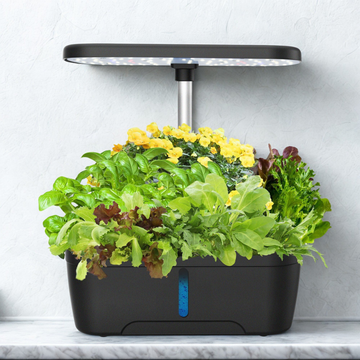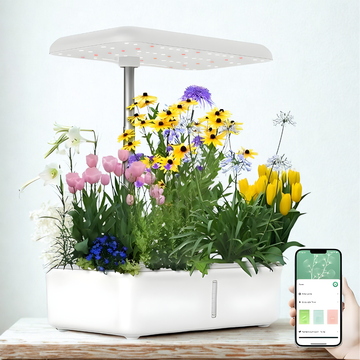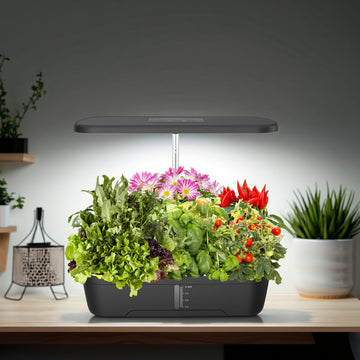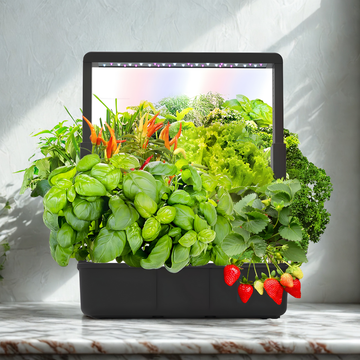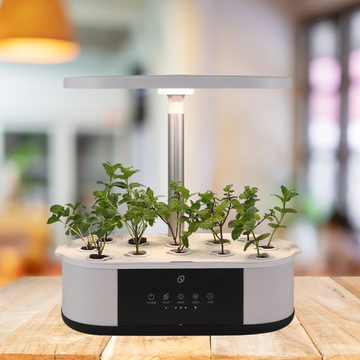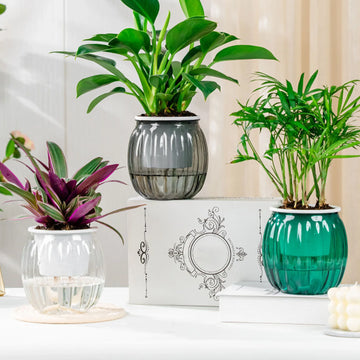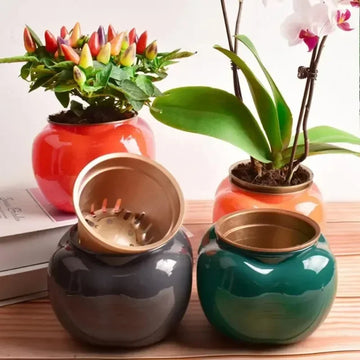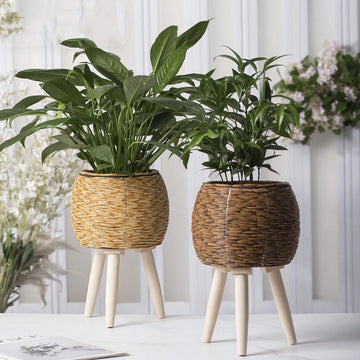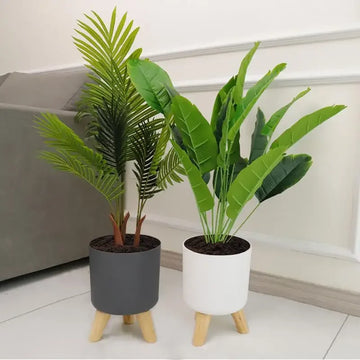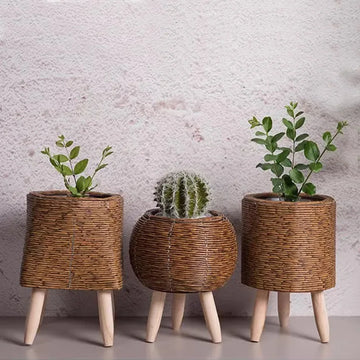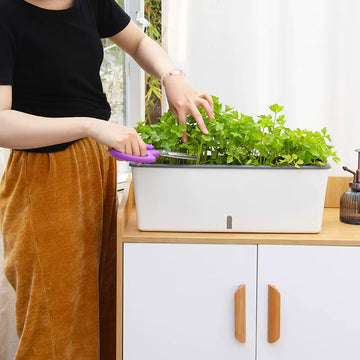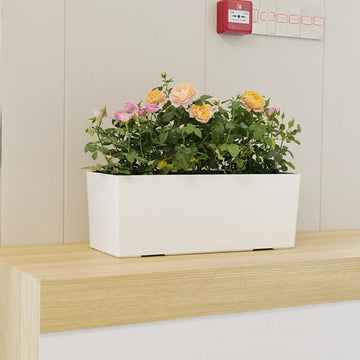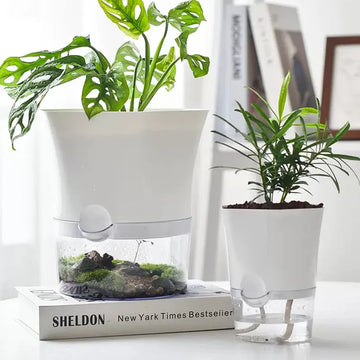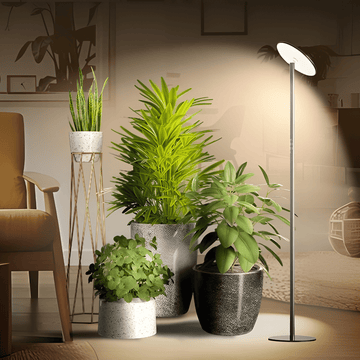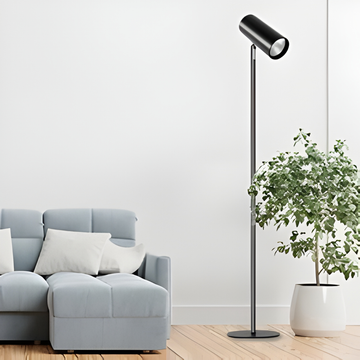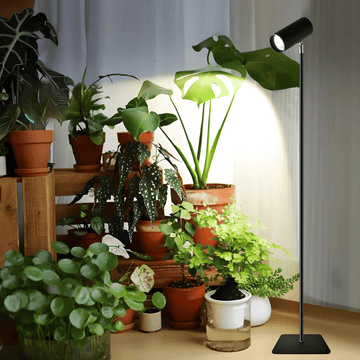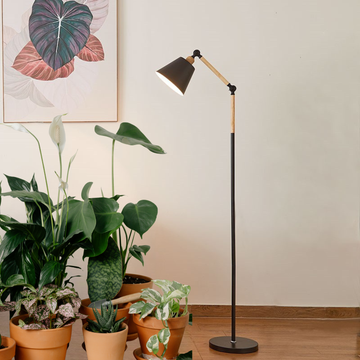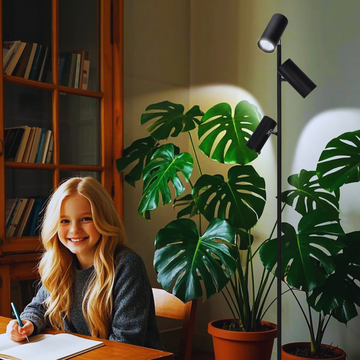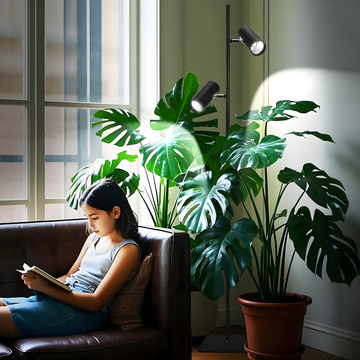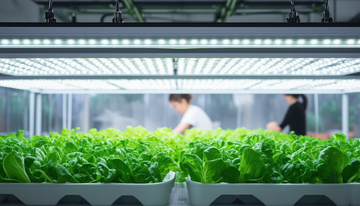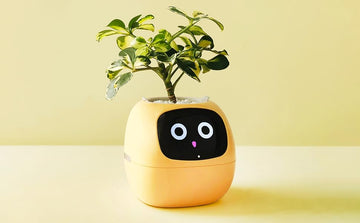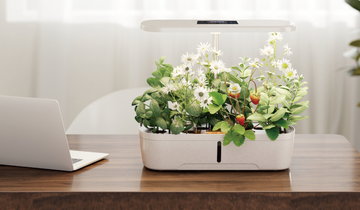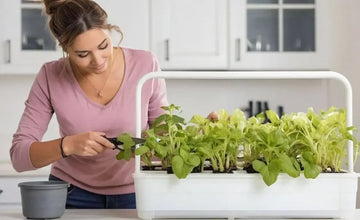So, you’ve taken the plunge into the exciting world of indoor hydroponic gardening! Welcome to the club. It’s a rewarding journey that promises fresh, homegrown food right from your countertop. But let’s be real: starting anything new comes with a learning curve. While hydroponics for beginners is more accessible than ever, a few common pitfalls can trip up even the most enthusiastic new grower.
Hey there, I’m Amelia, from the Hydro Plant Co. family. We’ve helped thousands of people discover the joy of easy indoor gardening, and we’ve seen the same few questions and mistakes pop up time and again. The good news? Every single one is easily avoidable. This guide will walk you through the seven most common mistakes and, more importantly, show you exactly how to sidestep them for a lush, thriving garden. Consider this your cheat sheet for success!
Table of Contents
-
Mistake #1: Overcomplicating the Process
-
Mistake #2: Ignoring Water Quality and pH Levels
-
Mistake #3: Overcrowding Your Plants
-
Mistake #4: Inconsistent Lighting (Too Much or Too Little)
-
Mistake #5: Forgetting About Nutrient Maintenance
-
Mistake #6: Neglecting System Cleanliness
-
Mistake #7: Giving Up Too Soon!
-
The Easy Solution: How the HydroPod Smart Prevents These Mistakes
-
Ready for Foolproof Gardening? Your Next Steps
Mistake #1: Overcomplicating the Process
Many newcomers to indoor hydroponic gardening fall down a rabbit hole of complex terminology, DIY setups involving dozens of parts, and overly ambitious first projects. This quickly leads to feeling overwhelmed and frustrated.
The Solution: Start Simple.
The goal of your first garden is to learn and succeed, not to supply a farmer's market. Begin with a pre-designed, all-in-one kit that is specifically engineered for success. This is why many consider a system like the HydroPod to be the best indoor hydroponic system for beginners—it comes with everything you need, perfectly matched and ready to go. Choose easy-to-grow plants like leafy greens and herbs for your first cycle to build confidence.
Mistake #2: Ignoring Water Quality and pH Levels
This is arguably the biggest technical mistake. Tap water often contains chlorine/chloramines (which can harm beneficial microbes) and minerals that can throw off your system's delicate balance. Even if you use good water, ignoring pH—the measure of acidity or alkalinity—is a recipe for "nutrient lockout," where your plants can't absorb the food they need, no matter how much you add.
The Solution:
-
Let tap water sit for 24 hours to allow chlorine to evaporate, or use a simple filter.
-
Test pH regularly. The ideal range for most hydroponic plants is between 5.5 and 6.5.
-
Use pH adjustment kits (available at any garden store) to bring your water into the correct range. It’s a simple 5-minute task that makes a world of difference.
Mistake #3: Overcrowding Your Plants
It’s tempting to maximize every inch of your garden, but plants need space for their roots to grow and their leaves to access light and air. Overcrowding leads to competition for resources, increased humidity (which can cause mold), and stunted growth.
The Solution: Respect the Grow Space.
Follow the spacing guidelines for your specific system. In a GrowPod hydroponics system like ours with 12 pods, you can grow 12 small herbs like basil, but you’d only want to grow 4-6 larger plants like heads of lettuce. Give them room to breathe, and they’ll reward you with a much larger harvest.
Mistake #4: Inconsistent Lighting (Too Much or Too Little)
Light is your plant’s food. Not enough light, and they become weak and “leggy” as they stretch desperately for a source. Too much light, and you can literally scorch the leaves. Relying on a dim windowsill is one of the most common reasons for failure in easy indoor gardening.
The Solution: Use a Proper Grow Light on a Timer.
A dedicated full-spectrum LED grow light provides the exact type of light plants need for photosynthesis. Even more importantly, put it on a timer. A consistent cycle of 16-18 hours of light followed by 6-8 hours of darkness mimics a perfect summer day and allows plants to rest. This consistency is key to strong, healthy growth.
Mistake #5: Forgetting About Nutrient Maintenance
In soil, plants can sometimes find residual nutrients. In hydroponics, the water is their entire world. Adding a nutrient mix once at the beginning is not enough. As plants drink water, the nutrient concentration changes, and the solution can become depleted.
The Solution: Top Off and Change Your Nutrient Solution.
-
Top Off: When the water level gets low, add fresh water. This will dilute the existing nutrients, so you may need to add a small amount of nutrient solution as well.
-
Full Change: Every two to three weeks, completely change the nutrient solution in your reservoir. This prevents the buildup of salts and ensures your plants always have a balanced diet.
Mistake #6: Neglecting System Cleanliness
Algae and pathogens love warm, nutrient-rich water just as much as your plants do. A dirty system is an invitation for root rot and other diseases that can wipe out your entire garden.
The Solution: Clean Between Harvests.
After you finish a grow cycle, take 20 minutes to clean your system. Empty the reservoir, remove any plant debris, and wash the components with a mild bleach solution (a 10% mix) or hydrogen peroxide. Rinse thoroughly. This simple habit ensures a clean slate for your next batch of plants and prevents a world of problems.
Mistake #7: Giving Up Too Soon!
Is hydroponics good for beginners? Absolutely! But it’s still a learning process. You might see some yellow leaves. Your first harvest might be smaller than you hoped. This is normal! Every gardener, regardless of experience, encounters setbacks. The key is to see them as learning opportunities, not failures.
The Solution: Be Patient and Observe.
Plants are communicative. Yellow leaves might mean a nutrient issue. Wilting might mean the water pH is off. Use these signs to diagnose and adjust. Join online communities, read guides, and don’t be afraid to ask questions. The hydroponics community is incredibly supportive.
The Easy Solution: How the HydroPod Smart Prevents These Mistakes
What if you could avoid these pitfalls from the start? This is precisely why we designed the HydroPod 12-Hole Smart Hydroponic Planter. It’s not just another product; it’s a solution engineered to make hydroponics for beginners foolproof.
-
Solves #1 & #2: It’s an all-in-one system with clear instructions and includes pH-balanced nutrients, taking the guesswork out of setup and water chemistry.
-
Solves #3: The 12-pod design comes with spacing guidelines, so you know exactly how many of each plant type to grow.
-
Solves #4: The integrated, automated full-spectrum LED light with a built-in timer provides perfect, consistent light without you lifting a finger.
-
Solves #5 & #6: The clear reservoir makes monitoring water levels effortless, and the simple design is incredibly easy to disassemble and clean between cycles.
-
Solves #7: The high success rate and fast growth you get with the HydroPod build confidence and keep you motivated. You see results quickly!
"Jamie L. from Florida": "I tried a DIY bucket system first and failed miserably. I almost gave up. Then I got the HydroPod. The difference is night and day. The automated light and simple design made all the difference. I just harvested my first full heads of lettuce! I'm officially a gardener!"
Ready for Foolproof Gardening? Your Next Steps
Now that you’re armed with the knowledge of what to avoid, you’re already miles ahead. Indoor hydroponic gardening is an incredibly rewarding hobby that provides fresh, delicious food and a real sense of accomplishment.
Why not start your journey on the easiest path possible? The HydroPod Smart is designed to help you bypass these common mistakes and get right to the good part: the harvest.
Click here to learn more about the HydroPod Smart and start your gardening journey with confidence!
We’d love to hear from you: which of these mistakes were you most worried about making? Share your thoughts in the comments, and if you found this guide helpful, please share it with a fellow budding gardener!
